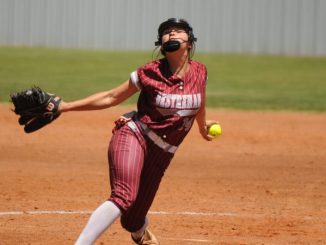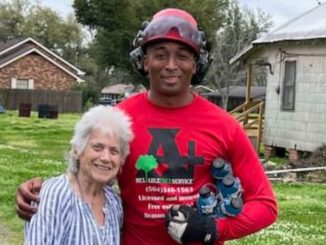
In promotion of Louisiana Rail Safety Week, Oct. 3-9, State Troopers are collaborating with local and federal agencies to educate motorists and the general public on the importance of railroad safety.
Throughout the week, troopers will participate in several community events.
According to the Federal Railroad Administration, 106 railroad grade crossing incidents occurred throughout our state last year, ranking Louisiana fifth in the nation in crossing collisions. Through events such as mock derailments, first responders are given the opportunity to evaluate current emergency response plans and inter-agency coordination in a controlled setting prior to an actual emergency.
In addition to a mock crash, troopers continue to partner with LA Operation Lifesaver, a non-profit organization with the mission of reducing the number of highway-rail grade crossing collisions and trespasser incidents by providing targeted safety and prevention programs. Operation Lifesaver presenters and troopers work closely together to bring educational messages to area schools, businesses, and community groups in an effort to promote railroad safety. Considering that a motorist is almost 20 times more likely to die in a crash involving a train than in a collision involving a motor vehicle, drivers can remain safe at railroad crossings by following these safety guidelines:
Trains and cars do not mix. Never race a train to the crossing — even if you tie, you lose.
The train you see is closer and faster moving than you think. If you see a train approaching, wait for it to go by before you proceed across the tracks.
Be aware that trains cannot stop quickly. Even if the locomotive engineer sees you, a freight train moving at 55 miles per hour can take a mile or more to stop once the emergency brakes are applied.
Never drive around lowered gates — it is illegal and deadly. If you suspect a signal is malfunctioning, call the 1-800 number posted on or near the crossing signal or your local law enforcement agency.
Do not get trapped on the tracks; proceed through a highway-rail grade crossing only if you are sure you can completely clear the crossing without stopping. Remember, the train is three feet wider than the tracks on both sides.
If your vehicle ever stalls on a track with a train coming, get out immediately and move quickly away from the tracks in the direction from which the train is coming. If you run in the same direction the train is traveling, when the train hits your car you could be injured by flying debris. Call your local law enforcement agency for assistance.
At a multiple track crossing, watch out for a second train on the other tracks, approaching from either direction.
When you need to cross train tracks, go to a designated crossing, look both ways, and cross the tracks quickly, without stopping. Remember you should not stop closer than 15 feet from a rail.
ALWAYS EXPECT A TRAIN! Freight trains do not follow set schedules.
For more information or to schedule railroad safety presentations, visit the LA Operation Lifesaver website at www.laoperationlifesaver.org.




Be the first to comment